The National Gandhi Museum is beautifully curated to take the visitor through a historical journey through Gandhi's personal belongings. The display starts with the entrance gallery, which contains: Gandhiji’s ‘Talisman’, ‘India of My Dreams’ and other quotations, and six hand telephones in which visitors can listen to Gandhiji’s recorded speeches in Hindi and English.
The spinning wheel gallery displays 23 models of spinning wheels (charkhas) from the traditional to the portable versions, like peti charkha and the mechanized versions, including ambar charkha, two models of looms, samples of various components and ancillaries related to hand spinning, samples of yarn hand-spun by Gandhiji and other leaders. The photography gallery shows selected write-ups by Gandhiji, and photographs of Gandhiji and other leaders of the freedom struggle working on the spinning wheel. Nearly 285 photographs of Mahatma Gandhi in chronological order, divided into ten phases, with write-ups for each phase –from childhood upto his final arrival in Delhi in 1947 - have been displayed. The commemorative gallery displays Gandhi's personal belongings. Other galleries are the martyrdom gallery housing the blood-stained dhoti (worn during his assassination), the art gallery showing artworks inspired by Gandhi, and finally the ashram gallery that displays replicas of Gandhi's cottages from South Africa, Satyagraha Ashram (Sabarmati), and Sevagram Ashram (near Wardha).
The Museum houses a vast library, an audio-visual section, and a photography section where visitors can read, listen to Gandhi's speeches, and browse through the image gallery. One can also acquire copies of the same for personal or research purposes as the museum has a full-fledged printing room.
28.6389073, 77.2459101
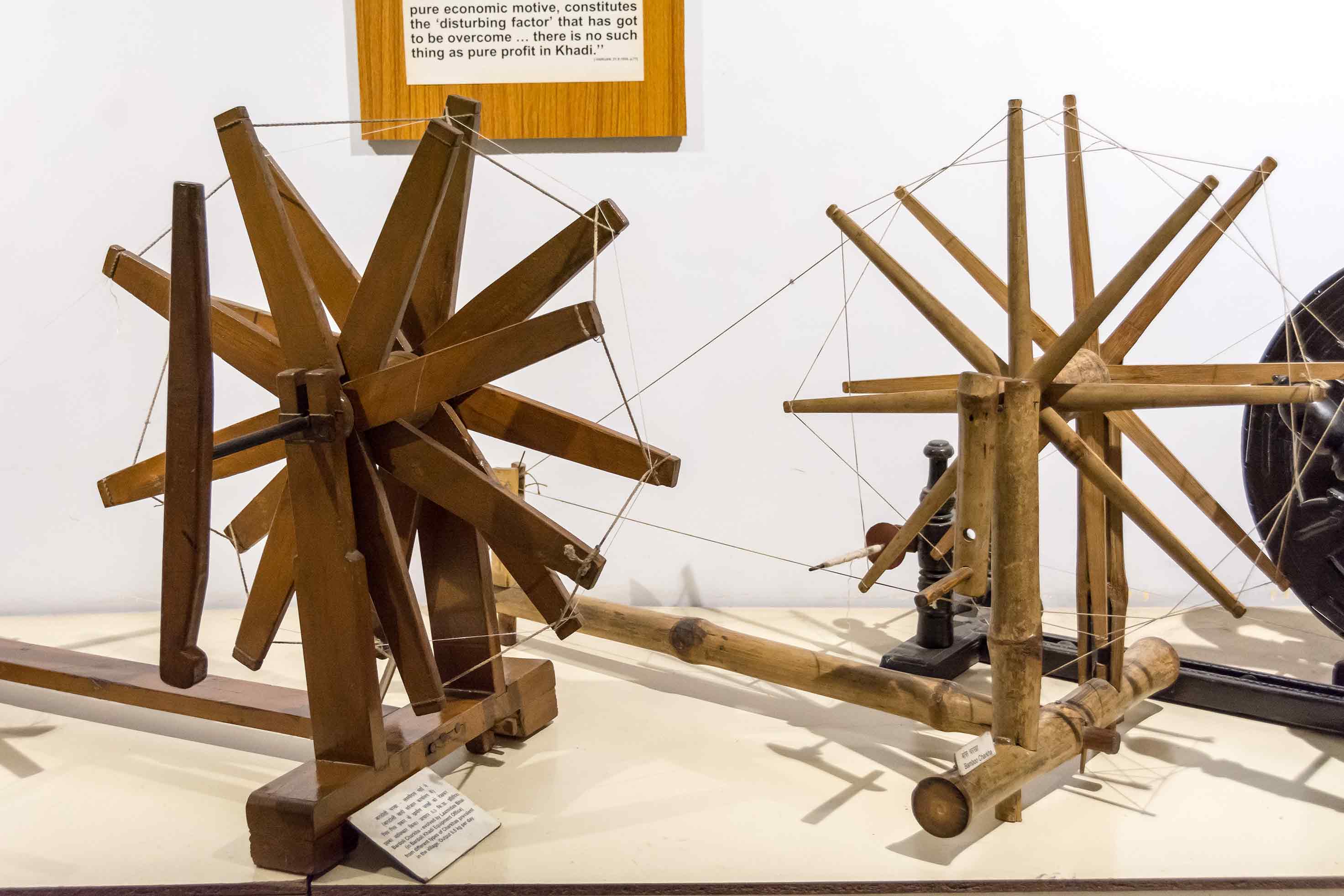

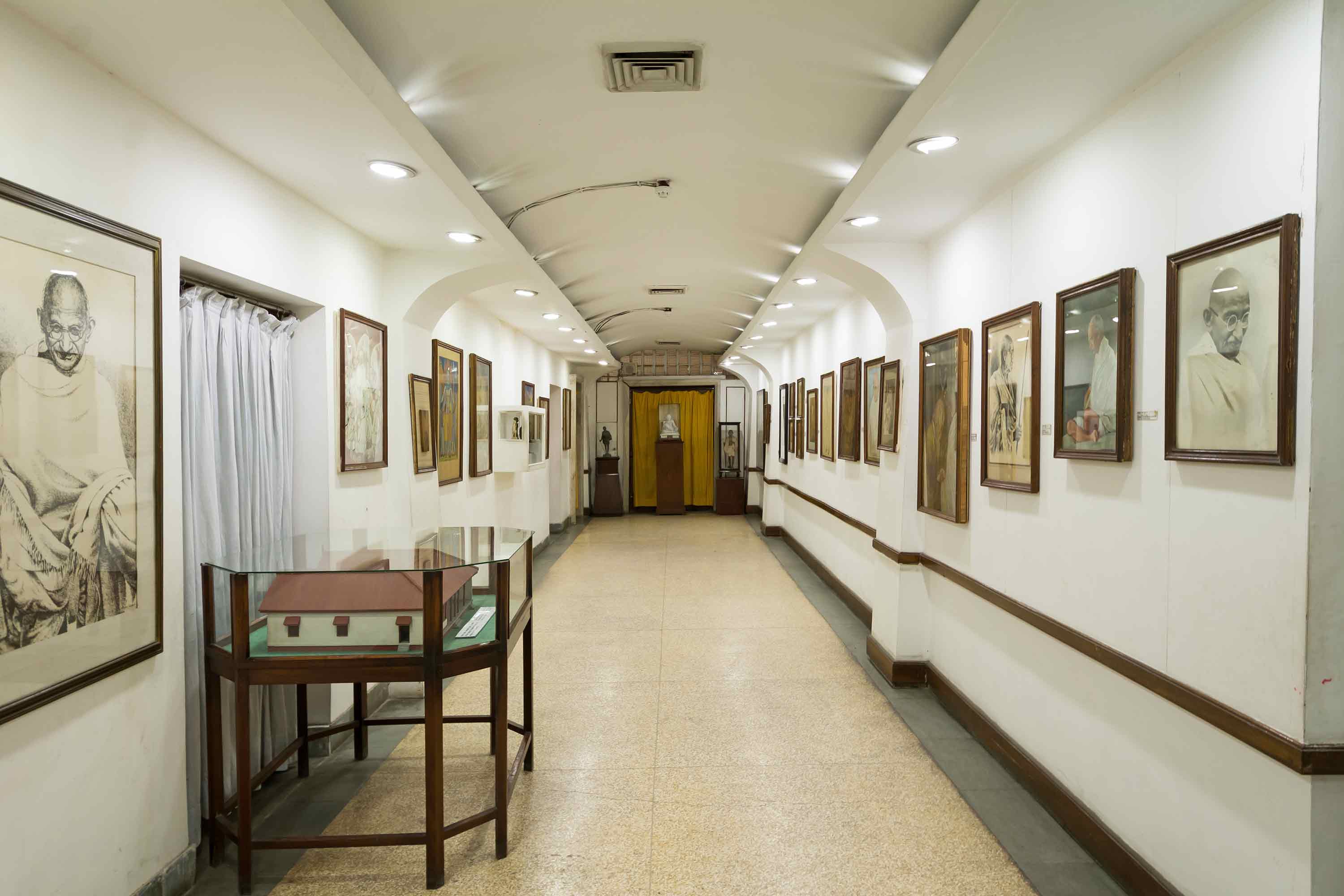
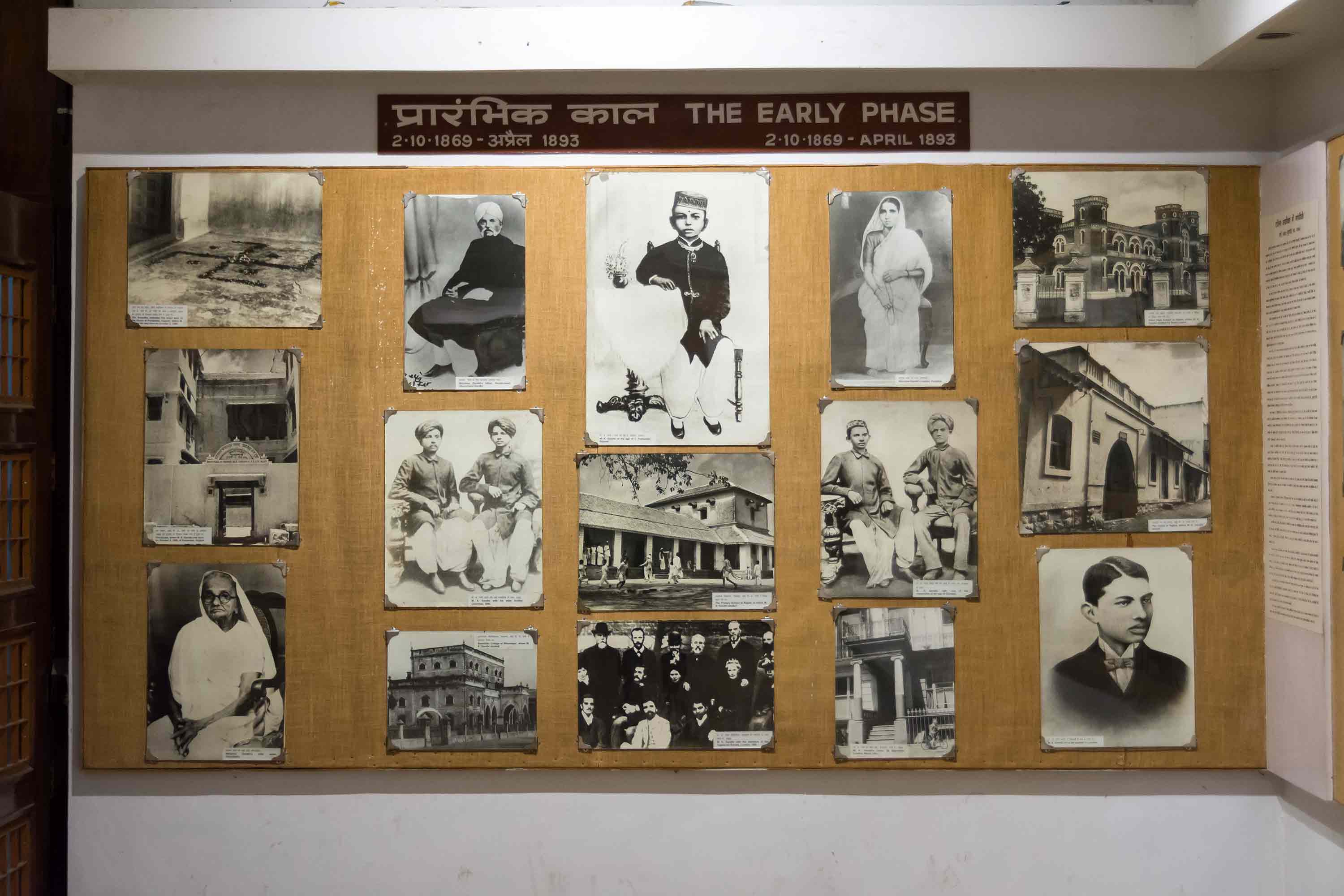
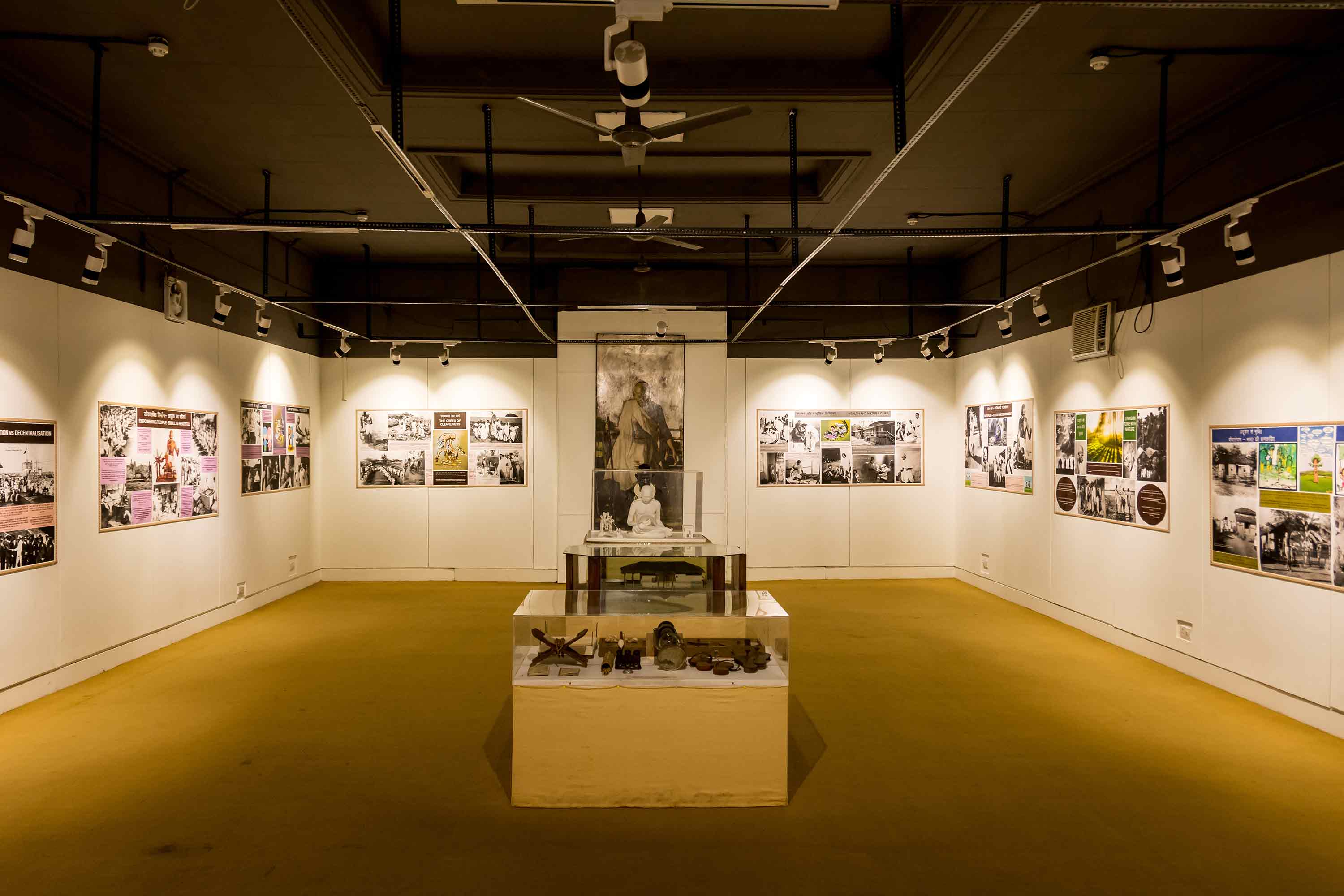
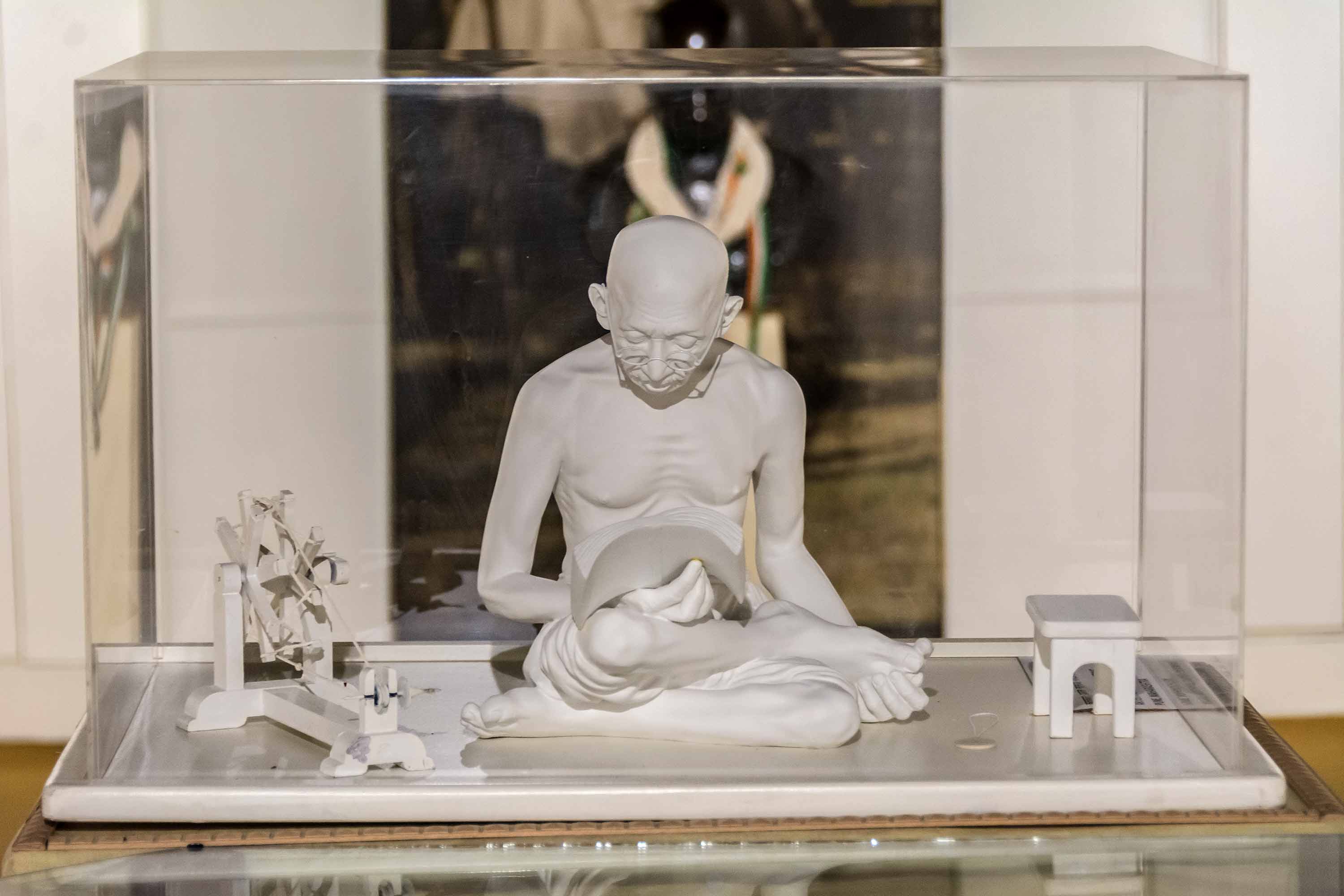
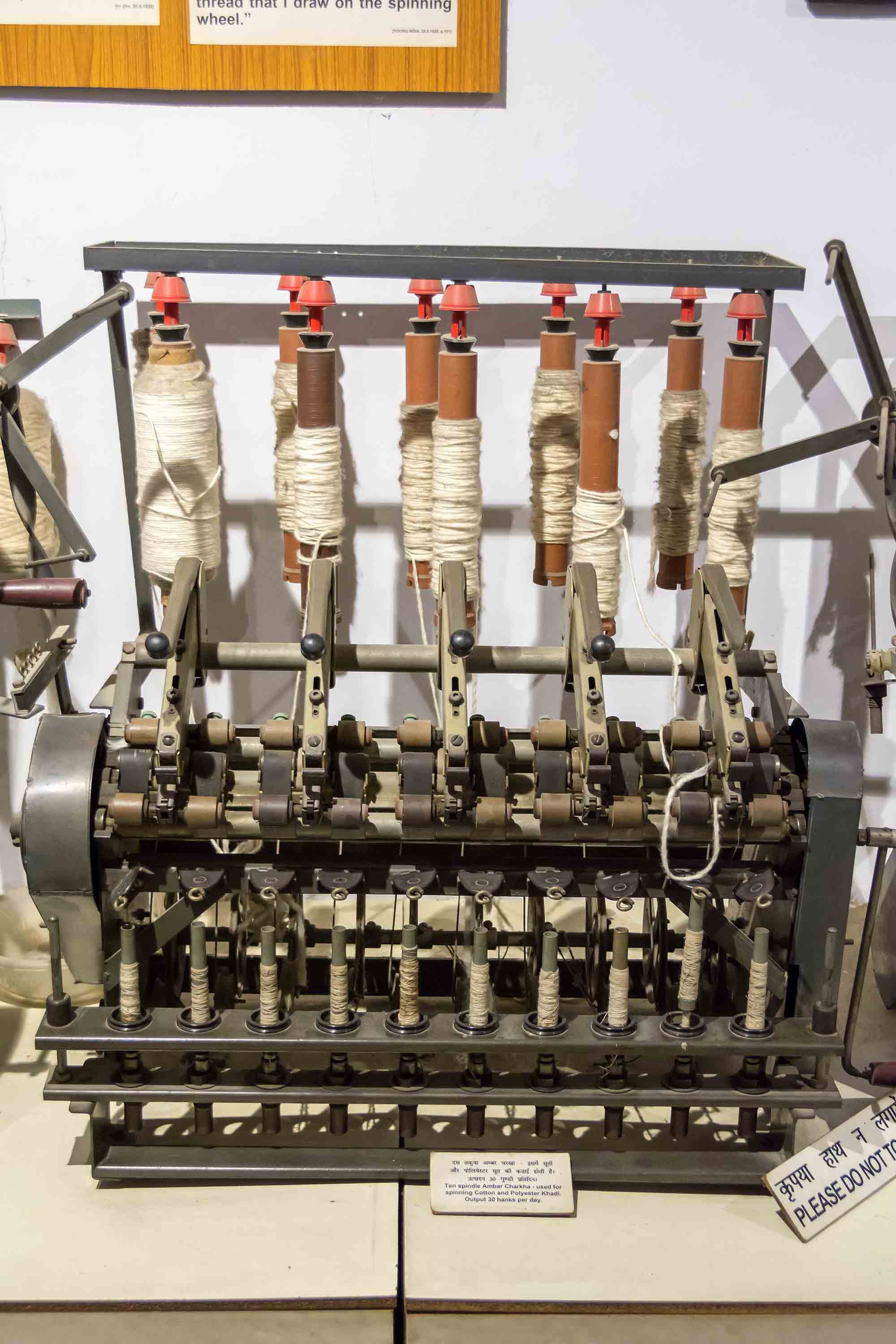
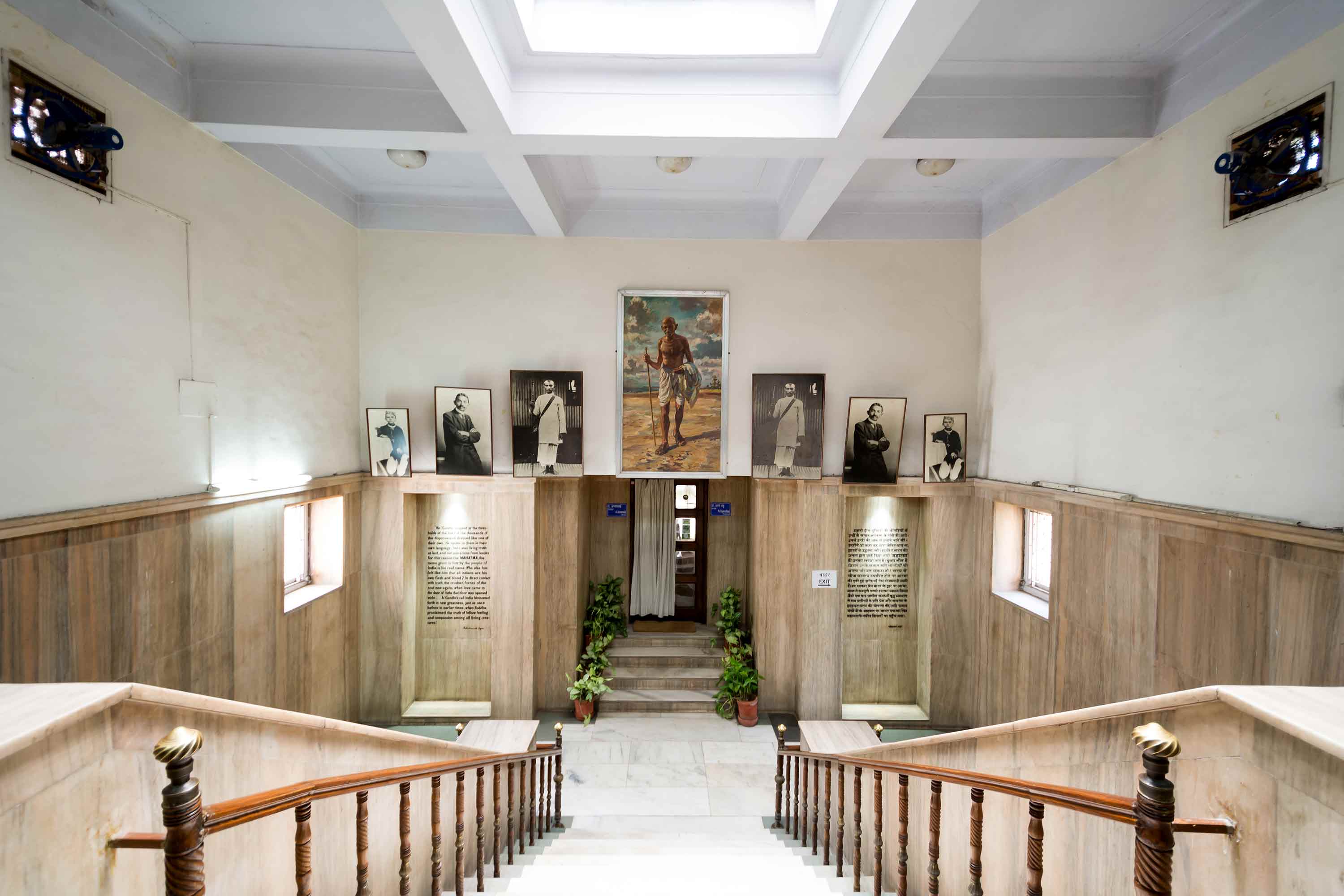
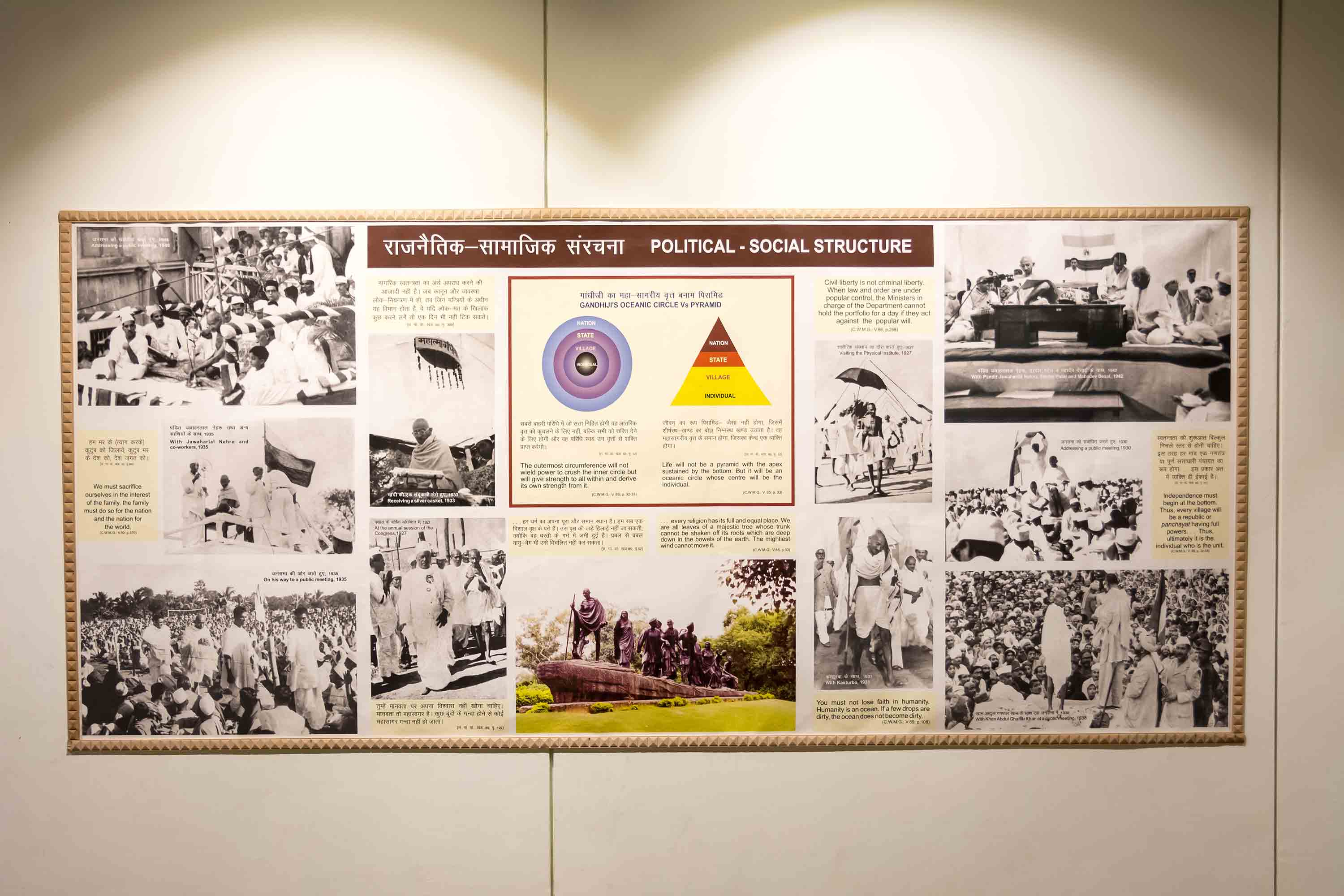
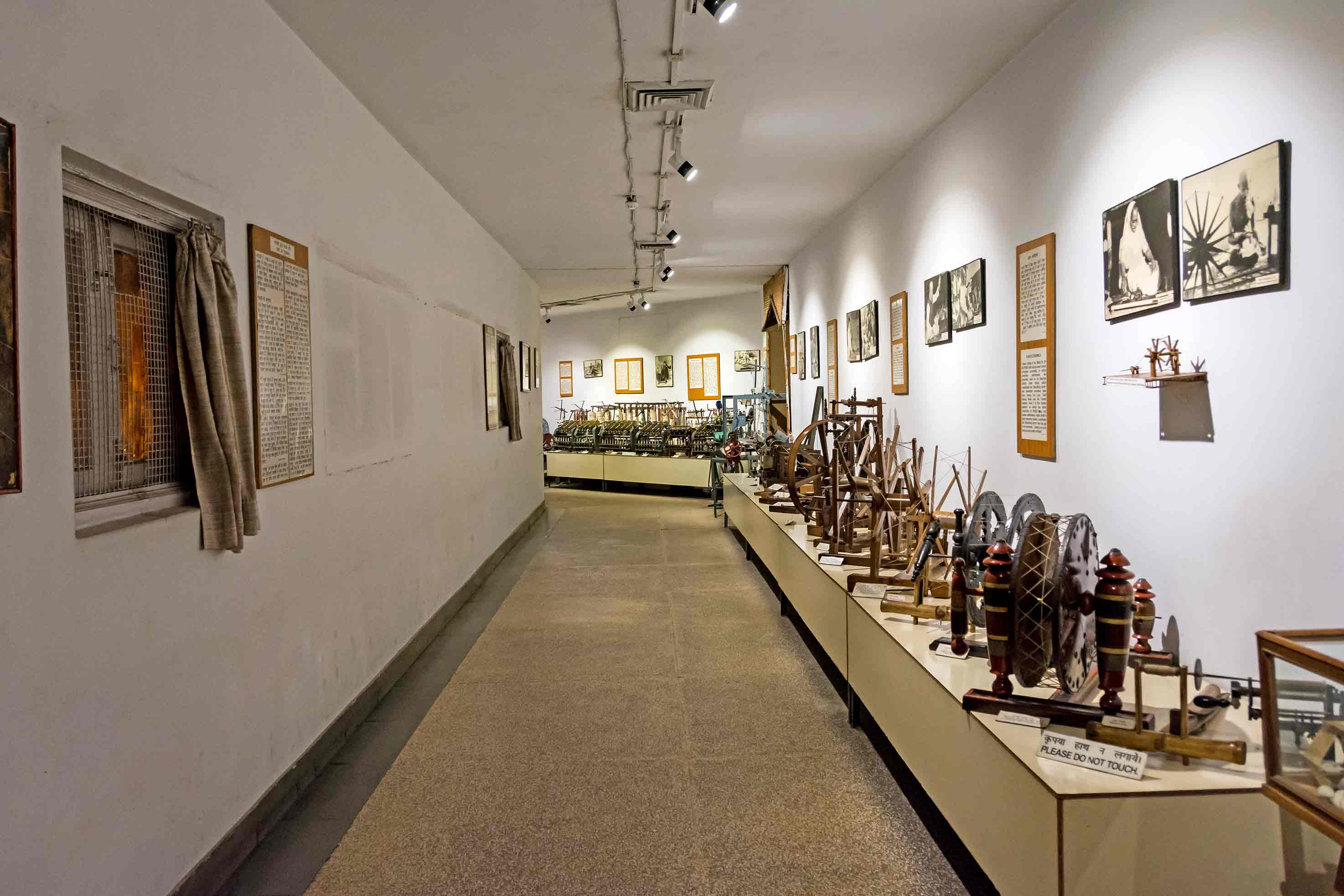
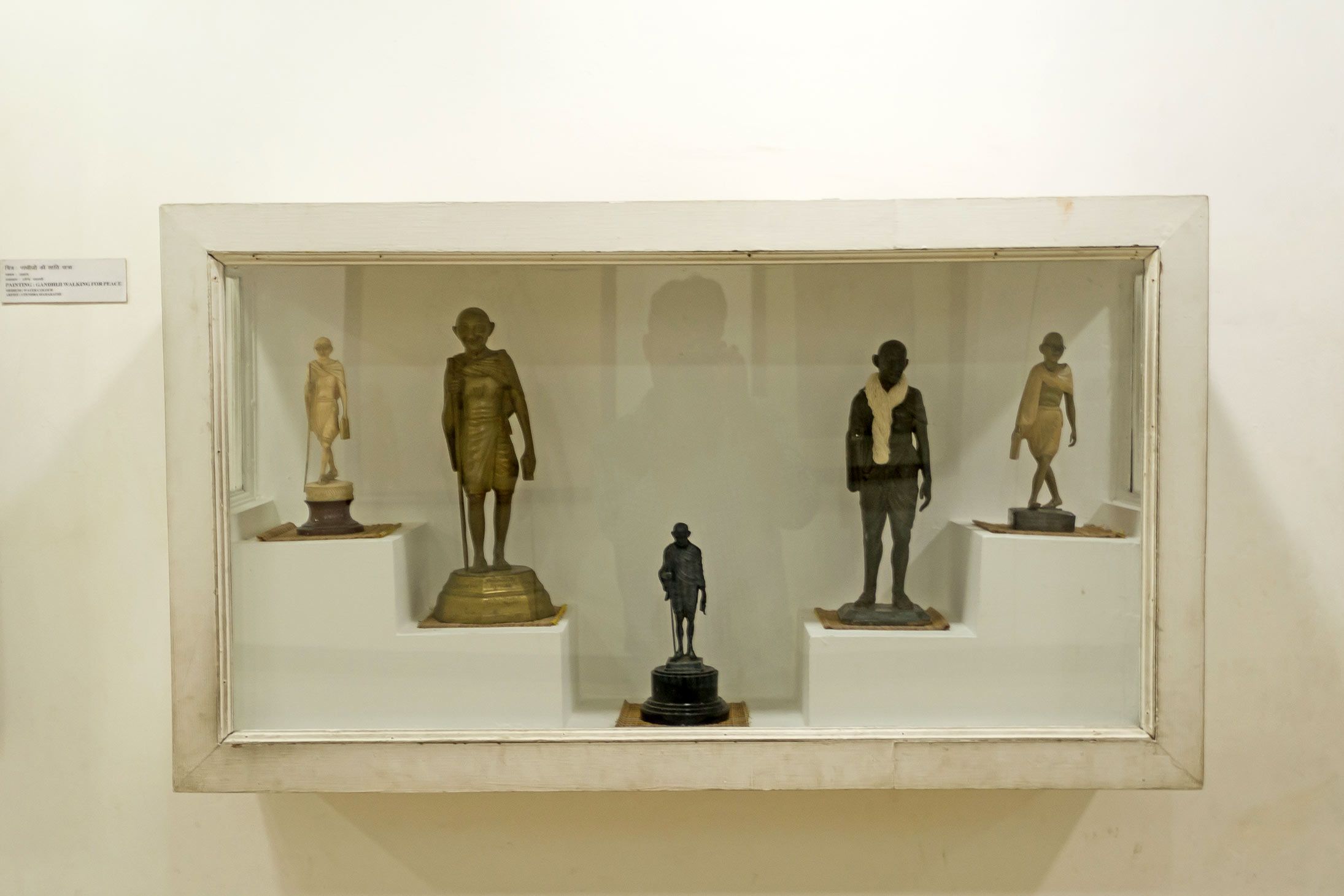
Photography: Free
Videography: ₹500
